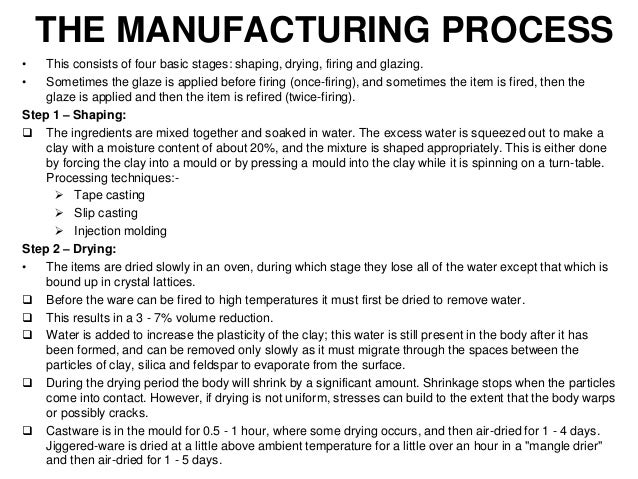Structure And Properties Of Ceramics Pdf

It is now possible to prepare ceramics using a wide range of properties and as an area this field has evolved as a very broad scientific and technical.
Structure and properties of ceramics pdf. Industrial ceramics are commonly understood to be all industrially used materials that are inorganic nonmetallic solids. Chapter 12 2 bonding mostly ionic some covalent ionic character increases with difference in electronegativity. Compare to other materials ceramics have some unique properties. Gauckler eth zürich materials department lab for high performance ceramics überlandstrasse 129 ch 8600.
Usually they are metal oxides that is compounds of metallic elements and oxygen but many ceramics. Modern ceramic materials differ from the traditional materials which were only based on natural substances. Ceramics play an important role in our day to day life. The table below provides a summary of the main properties of ceramics and glass.
Chapter 13 structures and properties of ceramics. Structure and thermal properties of ceramics a. For example oxides carbides. Pdf over the last decade it has been observed that there is an increasing interest in the ceramic materials in dentistry.
Amorphous structure means that atoms are not organized according to a well ordered repeating arrangement as in crystals. Over the last decade it has been observed that there is an increasing interest in the ceramic materials in dentistry. Materials science ii 2010 ceramic materials chapter 6 part 5 mechanical properties of ceramics or mechanical beha ior of brittle materialsmechanical behavior of brittle materials jakob kübler empa science technology prof. Development of ceramics helps to decrease the demand in industries.
Structure and properties of dental ceramics from the literature. Here we classify ceramics into five properties. Esthetically these materials are preferred alternatives to the traditional materials in order to meet the patients demands for. Structures and properties of ceramic materials in general new ceramics are based on compounds other than variations of aluminum silicate which form most of the traditional ceramic materials new ceramics are usually simpler chemically than traditional ceramics.
Ceramic composition and properties atomic and molecular nature of ceramic materials and their resulting characteristics and performance in industrial applications. Glass ceramics are made of small grains surrounded by a glassy phase and have properties in between those of glass and ceramics.













































